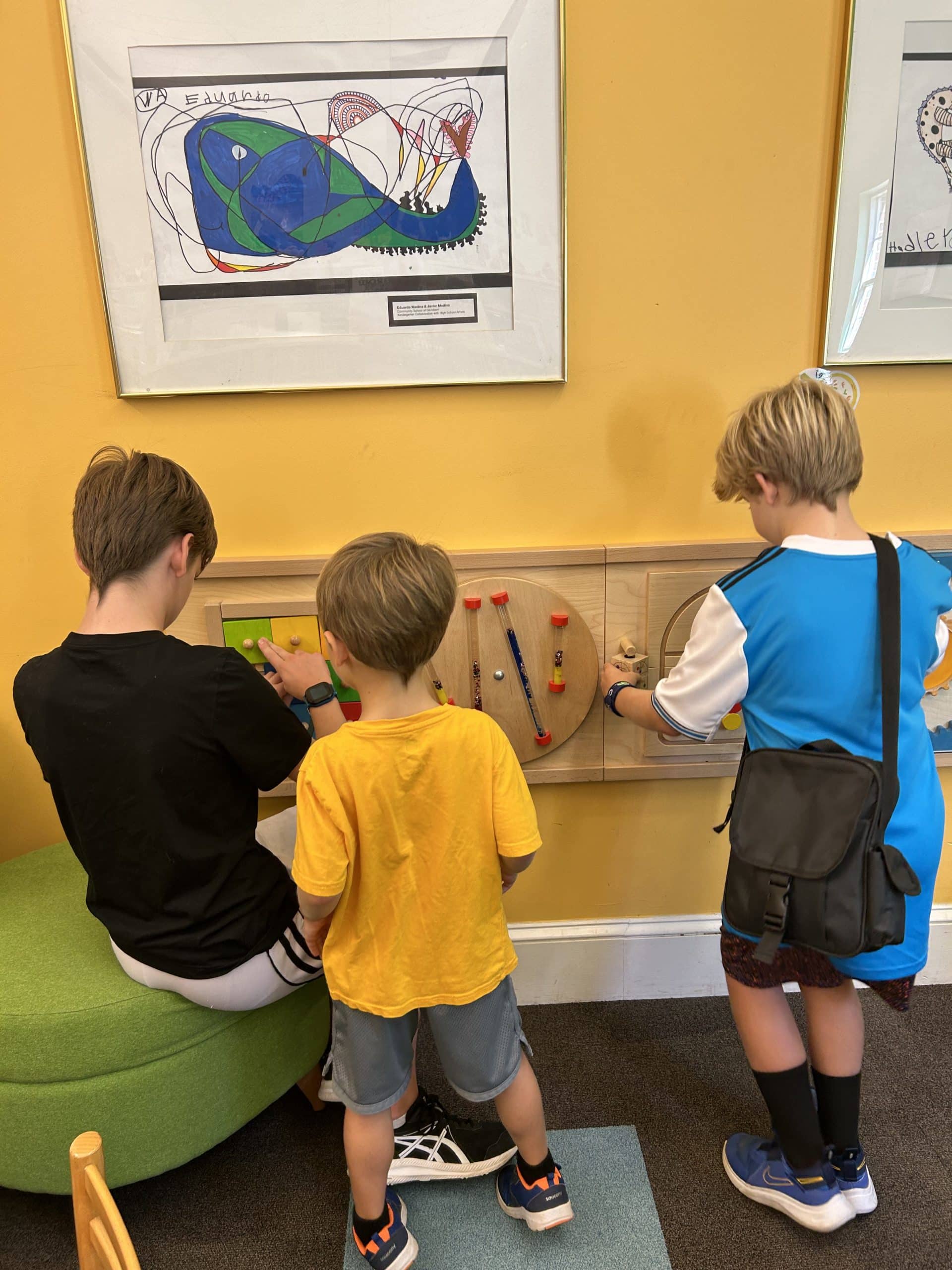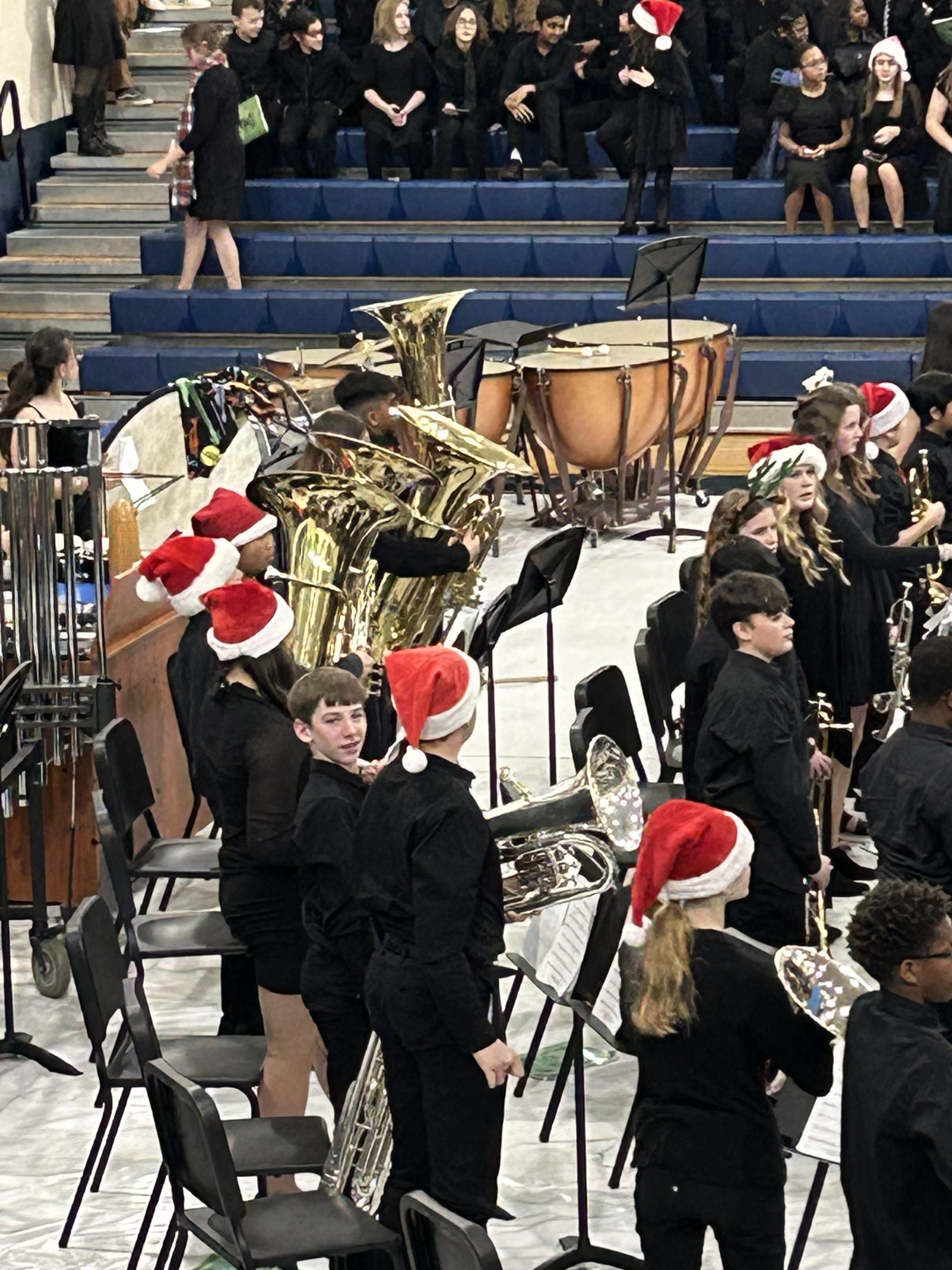With spring nearly here it is time to think about next school year. Should you be faced with a set of twins or multiples, the quintessential question is where and how should they be placed in the classroom? Most teachers and parents are confused with the physical separation of twins concerning their individual identity and having them grow independently. I know when I was in the classroom I was confronted with the issue and there was no easy answer. I left the decision up to the parents due to lack of information. The real needs of twins or multiples each year are important for both the school staff and the parents to consider ways to support their relationships as well as their individual growth. There is no doubt that twins and multiples have a powerful bond.
Twins/multiples benefit from the social support they provide for each other when they are in the same classroom. If placed in separate classrooms, they may think there is something wrong about being a twin and may suffer stress from worrying about the other. If the twins are good friends, then placement together is fine; if they are not alike, they may want different classrooms and that is also fine. The concern may come when one twin requests a different classroom and the other wants the same classroom. As a parent or teacher, you need to look closely at the relationship of the twins to find the underlying reasons for the imbalance. What is their relationship with each other? Is the imbalance because of a misunderstanding that they should be separate or together? Or does one twin feel constrained negatively with the relationship of the other?
I have come across a few stated reasons to keep twins together:
• they are and were bonded before birth,
• their learning styles may be the same, and
• it is convenient for parents because of the assignments, tests, homework, and classroom projects.
On the opposite spectrum there are reasons to separate:
• avoiding confusion when twins look very similar
• avoiding the attention they can attract as well as the comparison to one another
• avoiding competition with each other an/or dependency, and
• enable individuality.
In disputing some of the separation issues, I must state several of my beliefs from experience and research. There is no evidence that indicates that twins or multiples excel if placed in separate classrooms or fail if kept together. There is little research that proposes a separation can even be harmful to their classroom experiences. Competition within twins is no different than that of siblings of different ages or sexes. And even if they look alike, they will have slight physical attributes that are different as well as subtle differences in personalities that allow teachers to differentiate which is which. I see none of the above reasons to separate tangible.
Learning styles can differ in faternal twins as much as they differ with siblings of different ages and some studies show similarities of learning styles in identical twins. It ultimately becomes a parental choice of staying together or separating. After all, parents know best what is needed for growth and development of their own children. A close relationship with twins and/or multiples will guide you in making the right decision. Ask your twins or multiples what they want and consider their feelings. Ultimately, listen to you heart and trust your instincts. Their development will fluctuate from year to year so be flexible to reconsider the options.
Some websites to consider: www.twinservices.org, twinslaw.com, twiniversity.com, www.nomotc.org, multiples.about.com, www.twinstuff.com. Once all variables are considered, if the decision is still unsettled, I suggest that the children be left together.


